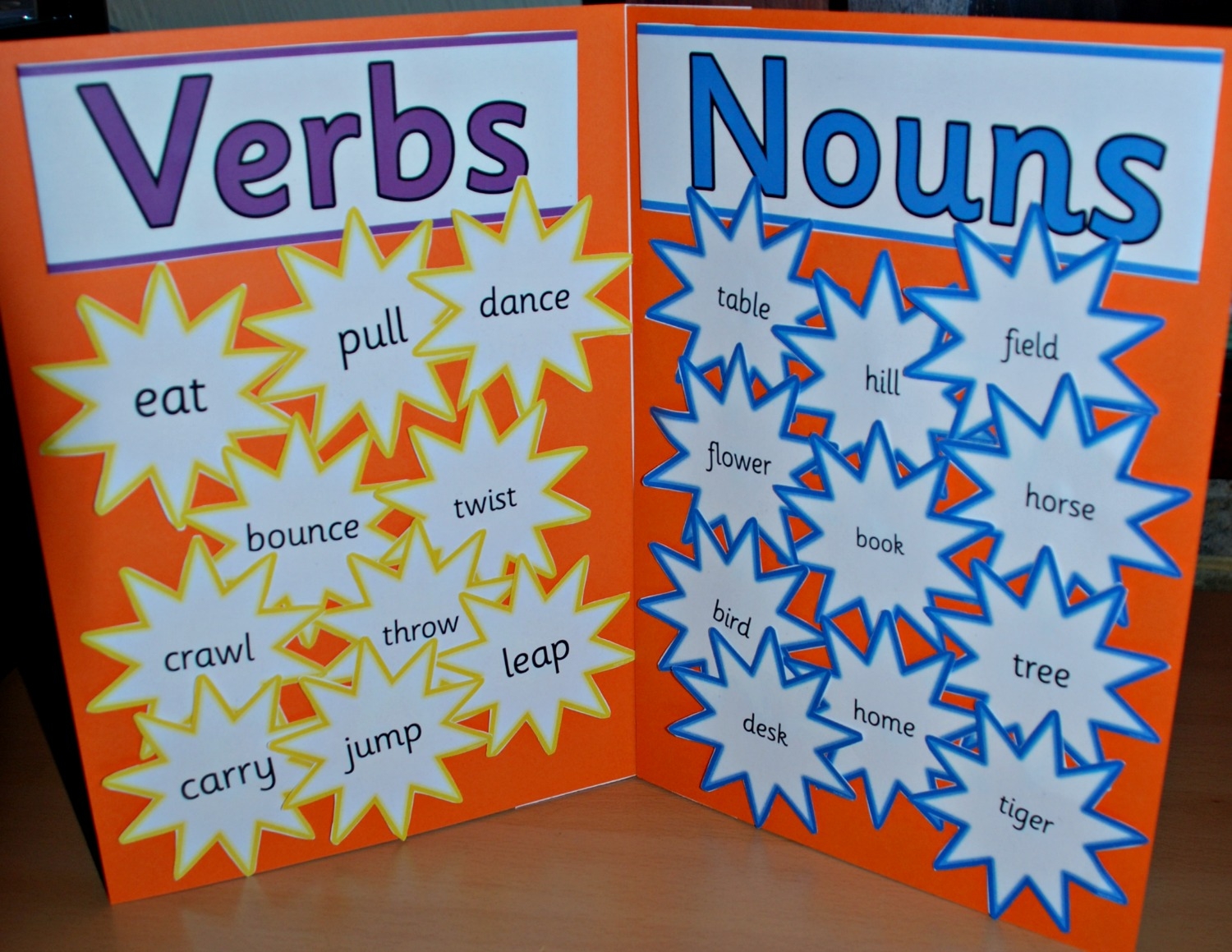Adjectives and verbs are two important parts of speech in the English language. While they serve different purposes, they both play a crucial role in forming sentences and conveying meaning. Understanding the difference between adjectives and verbs is essential for effective communication.
Adjectives are words that describe or modify nouns and pronouns. They provide more information about the noun or pronoun they are referring to, such as its size, color, shape, or quantity. Adjectives help to make sentences more vivid and descriptive, allowing readers or listeners to form a clearer mental image of the subject being described.
Adjectives vs Verbs
Verbs, on the other hand, are action words that express a physical or mental action, a state of being, or occurrence. Verbs are the driving force behind sentences, indicating what the subject is doing or experiencing. They are essential for conveying the dynamics and movement within a sentence, bringing it to life.
While adjectives provide additional information about nouns and pronouns, verbs carry the main message of a sentence. Adjectives enhance the details and characteristics of the subject, while verbs propel the action and convey the essence of the sentence. Both adjectives and verbs work together harmoniously to create meaningful and engaging sentences.
It is important to note that adjectives can sometimes be used as verbs in certain contexts. For example, the word “green” can function as both an adjective (the green grass) and a verb (the grass greened). In such cases, the word changes its role based on its position and usage within the sentence.
Overall, adjectives and verbs are essential components of the English language that serve distinct purposes in sentence structure and communication. Adjectives enhance the descriptive elements of nouns and pronouns, while verbs drive the action and convey the main message of a sentence. By understanding the roles and functions of adjectives and verbs, writers and speakers can effectively convey their thoughts and ideas with clarity and precision.
In conclusion, adjectives and verbs are fundamental parts of speech that work together to create engaging and meaningful sentences. While adjectives provide descriptive details about nouns and pronouns, verbs express actions, states of being, and occurrences. Mastering the use of adjectives and verbs is essential for effective communication and expression in the English language.
